Spiral horns are one of nature's most fascinating adaptations, seen in various species across the animal kingdom. These unique structures serve a variety of purposes, from attracting mates to defending territory. In this article, we will explore animals that possess spiral horns, the significance of these horns, and how they function in the lives of these remarkable creatures.
Spiral horns are characterized by their twisting and curling shape, which can vary significantly in size and form among different species. The horns are typically made of keratin, the same protein that forms human hair and nails. The spiral shape can be an adaptation for various ecological and behavioral functions.
Defense: Many animals with spiral horns use them for self-defense against predators or rivals. The curvature of the horns can provide an advantage in combat.
Attraction: In many species, males with larger and more elaborate horns are often more attractive to females. Horn size and shape can indicate health and genetic fitness.
Social Status: In social animals, the size and condition of horns can reflect an individual’s social rank within a group.
The Nubian ibex, found in the rocky mountains of North Africa, has striking, long, spiral horns. Males can have horns that reach lengths of up to 40 inches (1 meter).
Adaptations: The horns are used in combat with other males during mating season, helping to establish dominance.
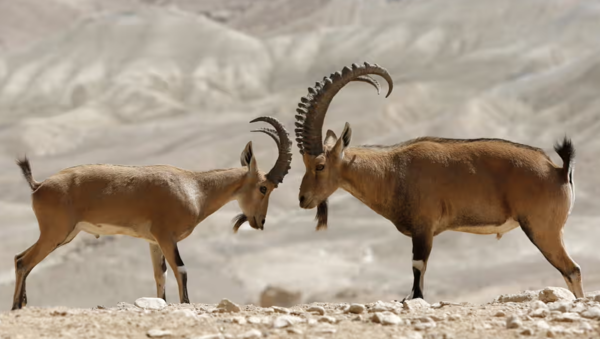
Sitatunga, an aquatic antelope native to Central Africa, possesses spiral horns that can grow up to 36 inches (90 cm) long.
Habitat: These horns help the males navigate their wetland habitats and establish dominance during mating displays.
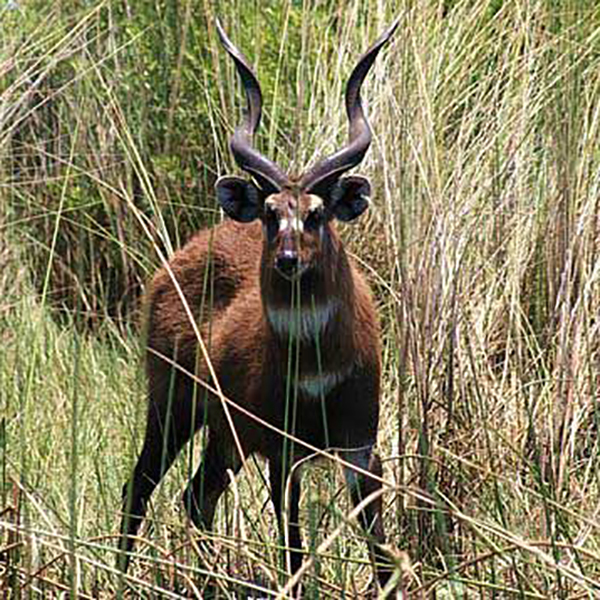
The greater kudu is known for its impressive spiral horns that can reach lengths of up to 72 inches (1.8 meters).
Function: Males use their horns in combat, and the size and twist of the horns are indicators of their fitness to potential mates.
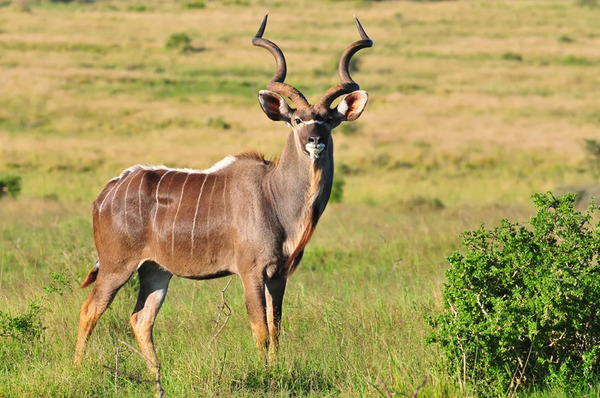
The markhor, a wild goat species found in the mountainous regions of Central Asia, has beautifully twisted horns that can grow up to 5 feet (1.5 meters) long.
Adaptations: The unique shape of the horns allows males to engage in dramatic combat displays, twisting and turning as they clash with rivals.

The extinct scimitar-horned oryx had long, curved horns that formed a distinctive scimitar shape. Although no longer found in the wild, this species has been the subject of conservation efforts and breeding programs.
Historical Significance: These horns were used for defense and in social displays, illustrating the importance of horn evolution in oryx species.
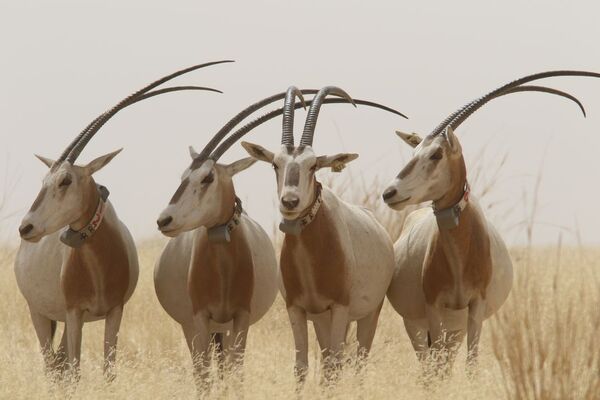
The Himalayan tahr has thick, spiral horns that can grow up to 30 inches (76 cm).
Adaptations: The horns are used for defense against predators and during fights with other males.
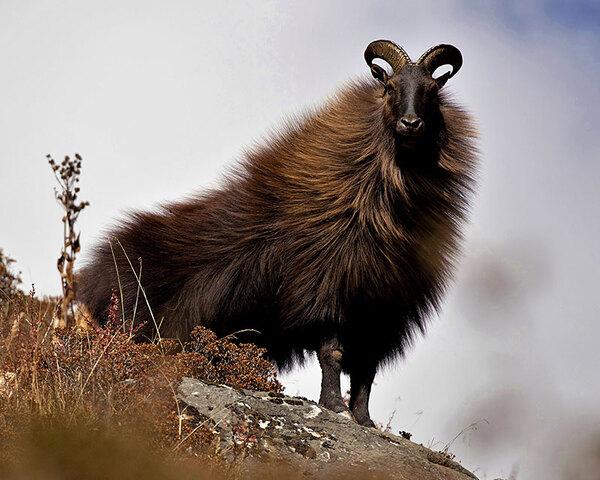
Understanding the role of spiral horns in animal behavior is crucial for conservation efforts. Many species with spiral horns are threatened due to habitat loss and hunting. Protecting their habitats and understanding their social structures can help ensure their survival.
Habitat Protection: Ensuring that the natural habitats of these species are preserved is essential for their survival.
Sustainable Practices: Implementing sustainable hunting practices can help maintain healthy populations.
Breeding Programs: Captive breeding programs for endangered species, such as the scimitar-horned oryx, can help reestablish populations in the wild.
Spiral horns are not only visually striking but also serve essential functions in the lives of the animals that possess them. From defense and social signaling to attracting mates, these adaptations highlight the remarkable diversity of the animal kingdom. As we continue to learn more about these unique structures, it becomes increasingly important to advocate for the conservation of the species that rely on them. Understanding the ecological roles and behaviors associated with spiral horns can help us appreciate the complexity of nature and the need to protect it for future generations.
animal tags: Spiral-Horns Nubian-Ibex
We created this article in conjunction with AI technology, then made sure it was fact-checked and edited by a Animals Top editor.